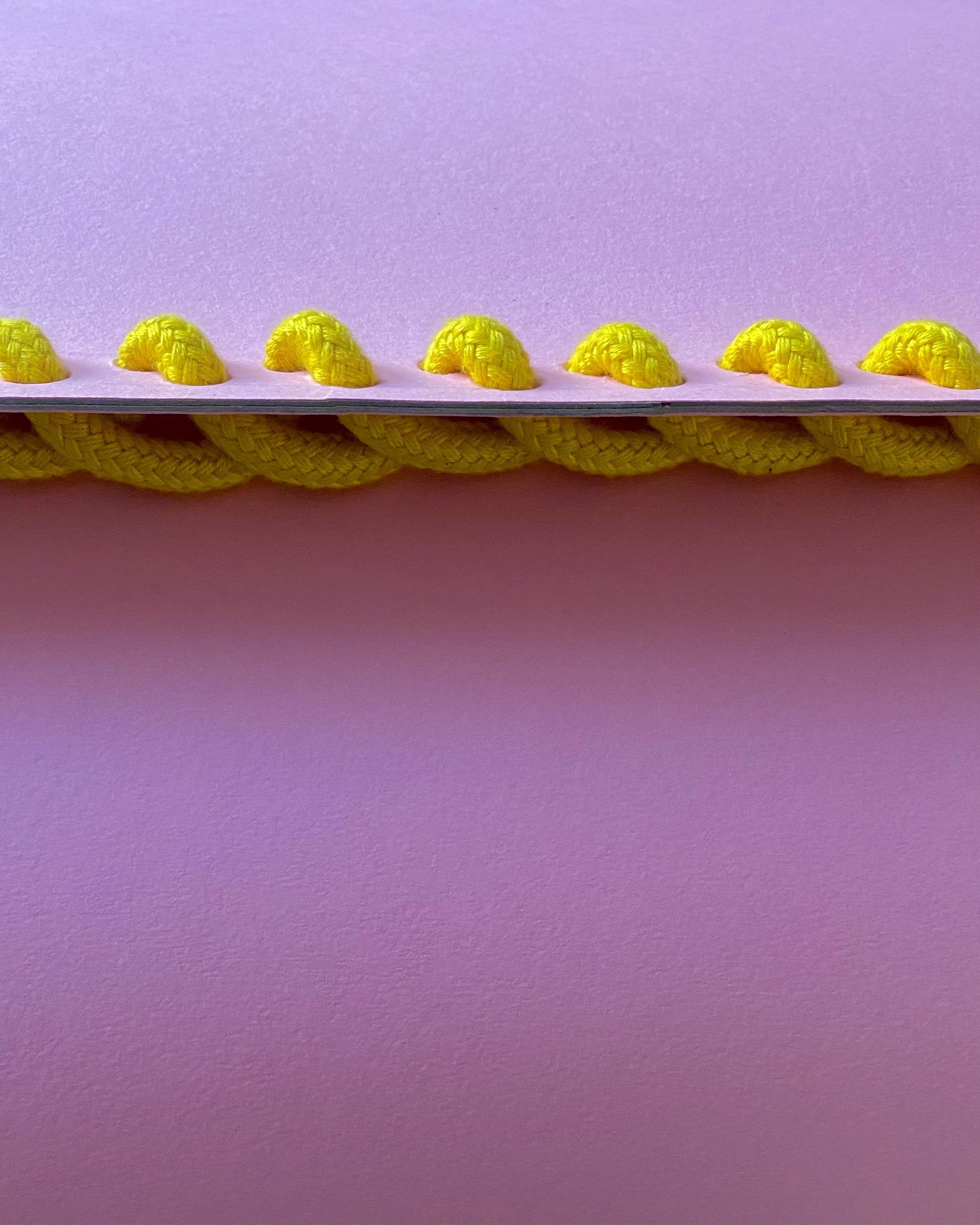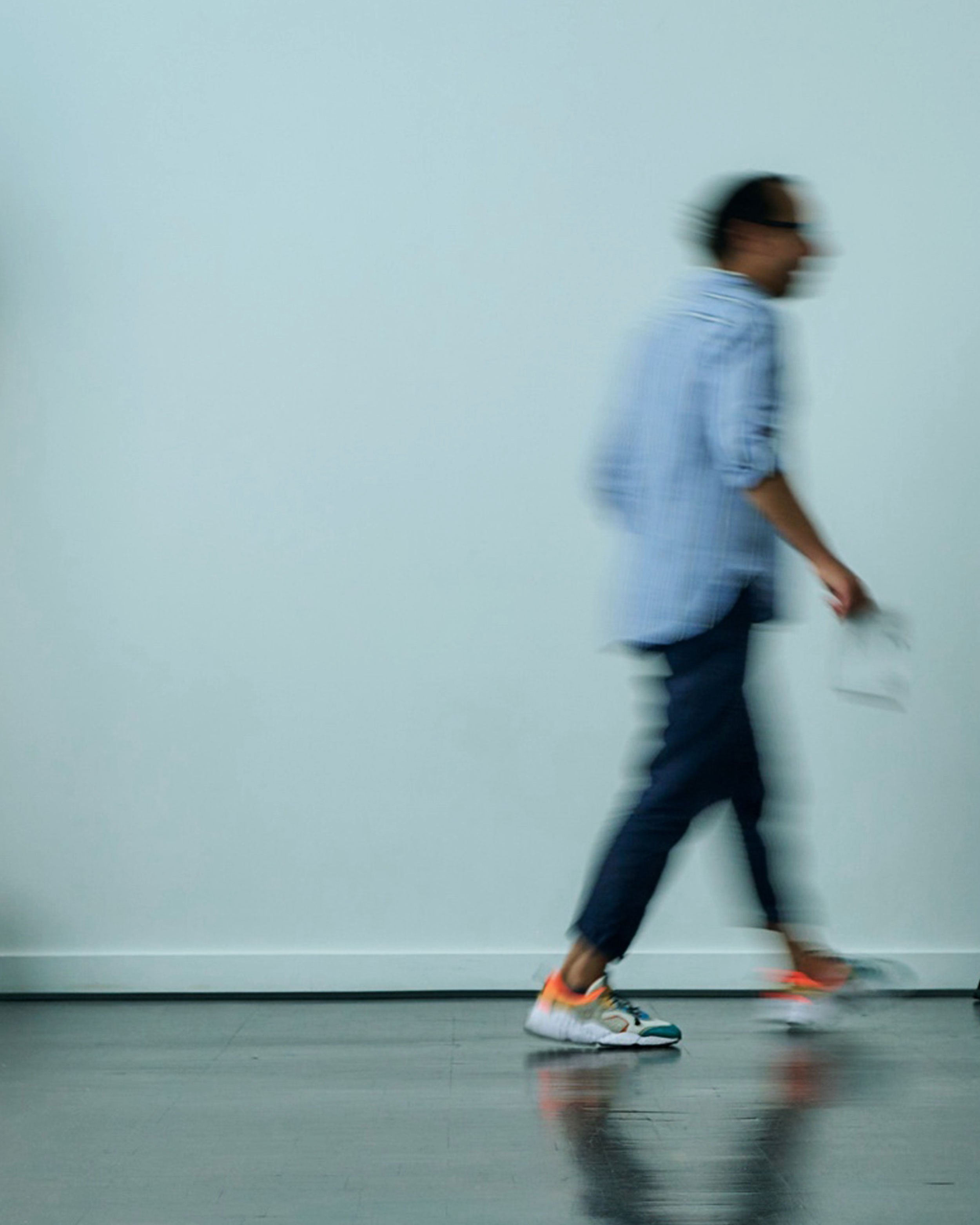
studioRILEY: design consultant and creative studio for museums, exhibitions and visitor experiences.
We connect people, ideas and stories in real time and space with a sense of theatre.
We approach the practice of making experiences as a process of understanding and of composition that envisions as its end point the encounter between the space, a moment, and the visitor.
Deep levels of contemplation, collaboration and exploration mean that our solutions are practical, inclusive, meaningful and poetic.
We prioritise the visitor: their imagination, their point of view, and their experience.
We consider the impact that making work has on wellbeing, communities, and on the environment.
-
We understand that the move towards heightening the sensory, emotional and participatory offer to museum visitors is about creating an environment in which they can be welcomed, excited, involved, challenged, inspired and entertained: and that this experiential approach is integral to a Museum’s social and educational aims of serving its communities.
At studioRILEY, our practice - even before we begin exhibition or interpretive design - is something we call museum dramaturgy.
Borrowed from theatre-making, the term ‘dramaturgy’ has its origins in ancient Greek: from drama referring to the ‘action’ or ‘doing’ and from ‘ergo’ meaning the ‘work’ or ‘composition.’ The action includes people; it is material, historical, and occurs in real time and space; composition brings its elements together.
With museum dramaturgy, we approach the practice of museum making as a process of understanding and of composition - of architecture, histories, spectacle, information, feeling, economics, desires, needs and so on – that envisions as its end point, the encounter between the Museum, a moment, and the visitor.
Method:
We apply a method of working through ideas of ‘theatricality’ asking how its different qualities might be best realised to embody the Museum’s values and access its contents.
We seek out the characteristics of component features of the Museum and its spaces and arrange them dramatically.
We keep the visitor - their imagination, their point of view, and their experience - in mind.
A dramaturgical process is always collaborative. We build worlds and narratives with stakeholders - clients and communities - through creative questioning and conversation; rigorous exploration of ideas and content; generative sketching and playful speculation.
Hosting workshops, we float ideas, references, and provocations. We facilitate and input creatively, and find ways to visualise what emerges for clarification, feedback and further development. The result might be to propose an exhibition element, or an artist’s intervention, or space for a community project installation. Whatever form the outcome takes, we ensure the process moves forward to manifest a design vision.
[see testimonial for our recent work in collaboration with AOC Architecture, for the Science and Media Museum in Bradford, UK]

Experience
After more than twenty-five years experience, Craig Riley set up his own practice to pursue the design of objects, spaces and experiences.
As a Director at leading award-winning design firm Casson Mann, Craig led the design teams on milestone projects such as Lascaux and Cité de la Gastronomie in France, the Endeavour Galleries at the National Maritime Museum in Greenwich, the Ocean Liners: Speed and Style exhibition at the Victoria and Albert Museum in London and Dundee, and the Beaney House of Art and Knowledge in Canterbury in the UK. Recently, Craig was Lead Designer and Artistic Director for the transformation of the Musée National de La Marine in Paris.
By the end of 2023, alongside a number of private commissions, studioRILEY completed a consultation commission with a series of creative workshops with AOC Architecture on the ‘immersive and theatrical’ aspects of a project at the Science and Media Museum in Bradford, UK. And completed the first stage in providing an adaptable and reusable Pop-Up display kit for pioneering ethical retailer Different Kind.
In 2024, the studio worked with the National Maritime Museum in London and the Center for Computing History in Cambridge, UK. In a team with leading museum practice Wright & Wright Architects, the studio embarked on initial studies for a major new gallery for the Science Museum in London.
